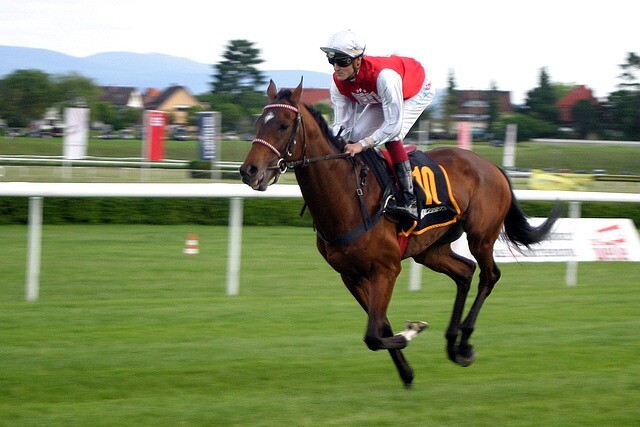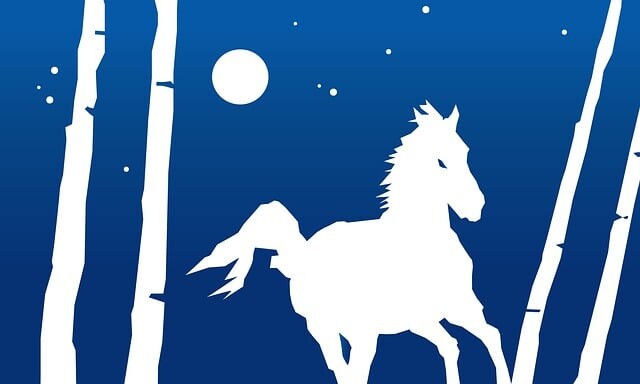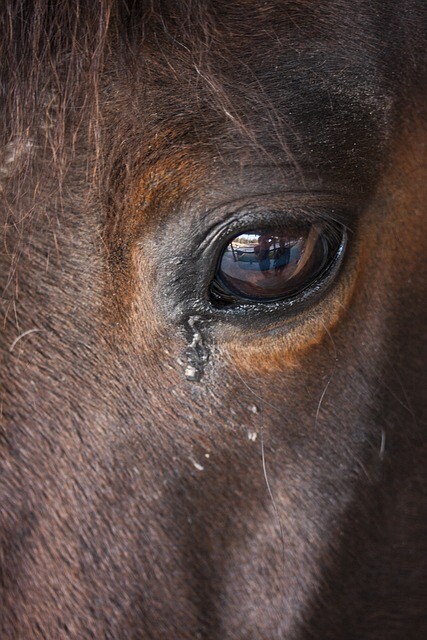How many horses have won the Bunbury Cup more than once?
 Not to be confused with the race of the same name run at Bunbury Racecourse in Western Australia, the Bunbury Cup is a historic, seven-furlong handicap run at Newmarket Racecourse, Suffolk, in the East of England. The race commemorates Sir Thomas Charles Bunbury, ‘Perpetual Chairman’ of the Jockey Club and co-founder of the Derby, and has been a fixture of the July Festival at ‘Headquarters’ since 1962.
Not to be confused with the race of the same name run at Bunbury Racecourse in Western Australia, the Bunbury Cup is a historic, seven-furlong handicap run at Newmarket Racecourse, Suffolk, in the East of England. The race commemorates Sir Thomas Charles Bunbury, ‘Perpetual Chairman’ of the Jockey Club and co-founder of the Derby, and has been a fixture of the July Festival at ‘Headquarters’ since 1962.
The intermediate distance of seven furlongs requires a combination of speed and stamina, such that the Bunbury Cup is a specialists’ event, which can attract the same horses year after year. Indeed, in six decades since its inception, the race has produced a total of four multiple winners. The first of them, Mummy’s Pleasure, trained by Patrick Haslam, provided Lester Piggott with the fifth of his record seven winners in 1983 and returned to repeat the dose, under talented apprentice Tyron Williams, in 1984.Piggott retired, for the first time, in 1985, but returned to the saddle in 1990 and went on to complete his septet of Bunbury Cup wins on En Attendant, trained by Ben Hanbury, in 1993 and 1994.
Next up came the most successful horse in the history of the Bunbury Cup, Mine, trained by the recently-retired James Bethell in Middleham, North Yorkshire. In 2002, as a four-year-old, the son of Primo Dominie dead-heated with Capricho, trained by John Akehurst, only for the latter to be disqualifed and placed last following an objection by the Clerk of the Scales. Beaten a short-head in the 2003 renewal, Mine would run in the Bunbury Cup four more times, recording back-to-back victories in 2005 and 2006, before finishing down the field in 2007 and 2008. More recently, Motakhayyel, trained by Richard Hannon Jr., also recorded back-to-back victories in 2020 and 2021.
 The Great Jubilee Handicap, as it was originally known, was inugurated in 1887 to celebrate the Golden Jubilee of Queen Victoria, who acceded to the throne on June 20, 1837. Run over a mile at Kempton Park, which opened in 1878, as one of the first purpose-built, enclosed racecourses in the country, the Great Jubilee Handicap was, in its heyday, a highly competitive, attractive betting heat, attracting widespread ante-post interest. Indeed, ‘The Illustrated Sporting and Dramatic News’ reported that the 1904 renewal, which was won for the second year running by Ypsilanti, who was conceding no less than 52lb to runner-up Cerisier, ‘was worth going miles to see’.
The Great Jubilee Handicap, as it was originally known, was inugurated in 1887 to celebrate the Golden Jubilee of Queen Victoria, who acceded to the throne on June 20, 1837. Run over a mile at Kempton Park, which opened in 1878, as one of the first purpose-built, enclosed racecourses in the country, the Great Jubilee Handicap was, in its heyday, a highly competitive, attractive betting heat, attracting widespread ante-post interest. Indeed, ‘The Illustrated Sporting and Dramatic News’ reported that the 1904 renewal, which was won for the second year running by Ypsilanti, who was conceding no less than 52lb to runner-up Cerisier, ‘was worth going miles to see’. Inaugurated, as the Feltham Novices’ Chase, in 1975, the Kauto Star Novices’ Chase is run over three miles on the opening day of the Christmas Festival at Kempton Park, a.k.a. King George VI Chase Day. Indeed, along with the King George VI Chase, itself, and the Christmas Hurdle, it is one of three prestigious Grade 1 contests on the feature card of the year at the Sunbury-on-Thames venue. In 2013, the race was permanently renamed in honour of Kauto Star, who was retired from racing the previous October, having won the King George VI five times, in 2006, 2007, 2008, 2009, and 2011.
Inaugurated, as the Feltham Novices’ Chase, in 1975, the Kauto Star Novices’ Chase is run over three miles on the opening day of the Christmas Festival at Kempton Park, a.k.a. King George VI Chase Day. Indeed, along with the King George VI Chase, itself, and the Christmas Hurdle, it is one of three prestigious Grade 1 contests on the feature card of the year at the Sunbury-on-Thames venue. In 2013, the race was permanently renamed in honour of Kauto Star, who was retired from racing the previous October, having won the King George VI five times, in 2006, 2007, 2008, 2009, and 2011. Befitting the most prestigious race run in Europe, the Prix de l’Arc de Triomphe is designed to bring together the best middle-distance horses from around the world. Subject to a weight-for-age allowances, for three-year-olds, and a weight-for-sex allowance, for fillies and mares, horses compete on equal terms, unpenalised for previous victories. Consquently, runaway winners of the “Arc” are something of a rarity, although three horses collectively hold th record for the widest winning margin, which currently stands at six lengths.
Befitting the most prestigious race run in Europe, the Prix de l’Arc de Triomphe is designed to bring together the best middle-distance horses from around the world. Subject to a weight-for-age allowances, for three-year-olds, and a weight-for-sex allowance, for fillies and mares, horses compete on equal terms, unpenalised for previous victories. Consquently, runaway winners of the “Arc” are something of a rarity, although three horses collectively hold th record for the widest winning margin, which currently stands at six lengths.